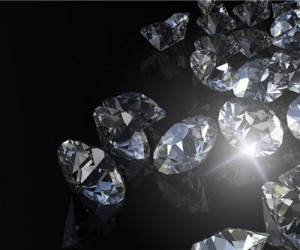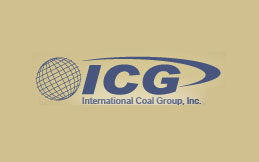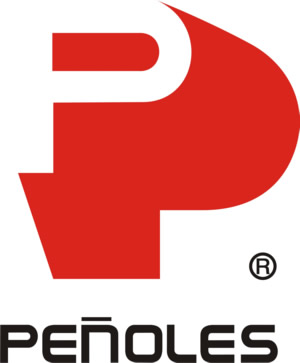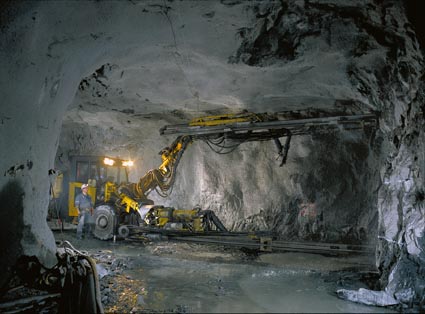Alaska-Juneau Gold Mining Company
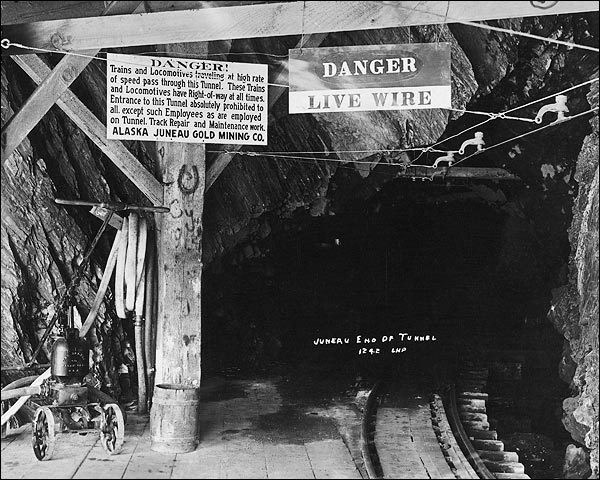
Company Location
Company Description
The Alaska-Juneau Gold Mining Company was incorporated under the laws of West Virginia, USA in 1897. Its lode mining claims covered approximately 402.37 acres (162.83 ha) on the wide vein called the Juneau Gold Belt of which it owned one mile on the outcrop.
The Alaska-Juneau Gold Mining Company was a gold mining company that was founded in 1897 in Juneau, Alaska. It was one of the most successful gold mining companies in the region, and its operations spanned over a century. The company was responsible for the discovery of numerous gold deposits throughout the region, and it was the first to introduce modern mining techniques to the area.
The company was founded by two prospectors, John Treadwell and Richard Harris, who had both been working in the Juneau area for several years. They quickly established a successful operation, and the company soon became one of the largest and most profitable gold mining companies in the region. The company owned and operated a number of mines in the area, including the Alaska-Juneau Mine, which was the largest gold mine in North America at the time.
The company's operations were focused on extracting gold from underground veins of quartz, and the company employed a number of innovative techniques to maximize its efficiency. It was the first to use steam-powered machinery to power its operations, and it also utilized hydraulic mining techniques to extract gold from the ground. The company also built a number of infrastructure projects in the area, including a railway line, a power plant, and a number of roads.
The company was very successful, and it continued to operate until 1944, when it was forced to close due to a lack of gold deposits in the area. The company left behind a legacy of success, and its operations helped to shape the development of the Juneau region. The company's legacy continues to be remembered today, and it remains one of the most significant gold mining companies in the history of Alaska.
Related Companies:



